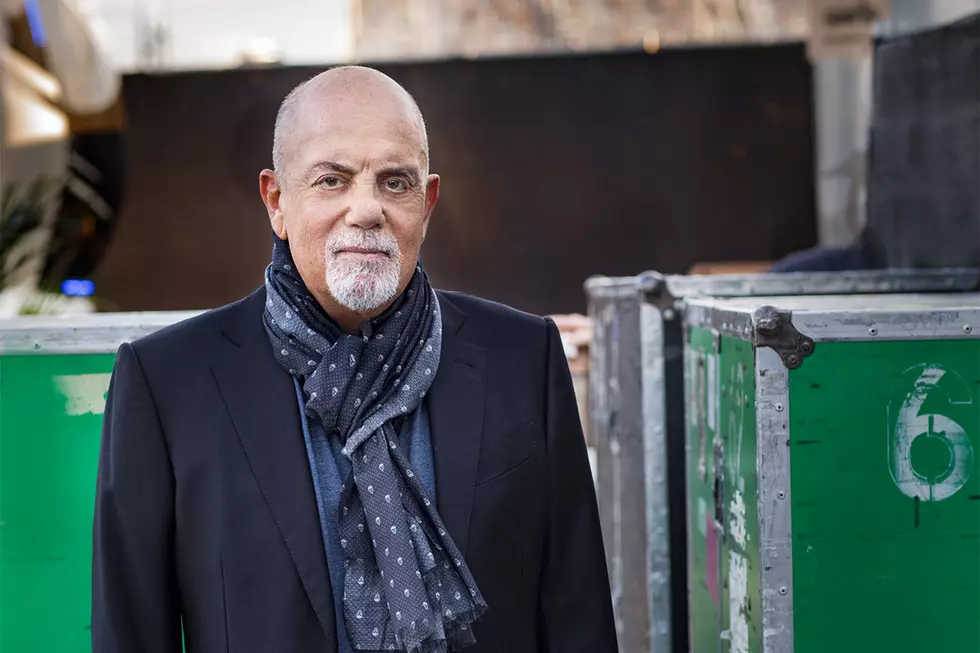
Watch Out For Pedestrians! MNDOT Spotlights Pedestrian Safety This Fall
The fall season is the most-deadliest time of the year for pedestrians. According to the Minnesota Department of Transportation, the months leading up to winter come with higher-than-average numbers of pedestrian to motorist incidents.
One of the reasons for this rise in accidents is the shorter days and longer nights. With less daylight, many pedestrians are harder to see. Because the sun rises later and sets earlier, there are more pedestrians out before and after daylight hours, increasing the risk of crashes. Children are going to or getting out of school or walking to their bus stop, and adults are walking to or home from work.
About 30 percent of pedestrian crashes happen during the weekday rush hour driving time, defined as 6 to 9 AM and 3 to 6 PM. One out of every four pedestrian fatal crashes occurred between the hours of 9 PM and 3 AM.
However, MNDOT's State Traffic Engineer Sue Groth says that the blame doesn't lie solely with drivers:
"Motorists and pedestrians are equally at fault when we look at our crash data. That means that both groups need to know and obey the laws."
So what can you do?
MNDOT offers the following suggestions on how to be a safe pedestrian and how to be a safer driver as part of their Crosswalk Law:
- Motorists should stop for crossing pedestrians at marked crosswalks and at all intersections without crosswalks or stop lights.
- Pedestrians must obey traffic signs and signals at all intersections that have them.
- Vehicles stopped for pedestrians can proceed once the pedestrian has completely crossed the lane in front of the stopped vehicle.
- Pedestrians shouldn’t enter a crosswalk if a vehicle is approaching and it is impossible for the driver to stop. There is no defined distance that a pedestrian must abide by before entering the crosswalk; common sense should be used.
More From KOOL 101.7





